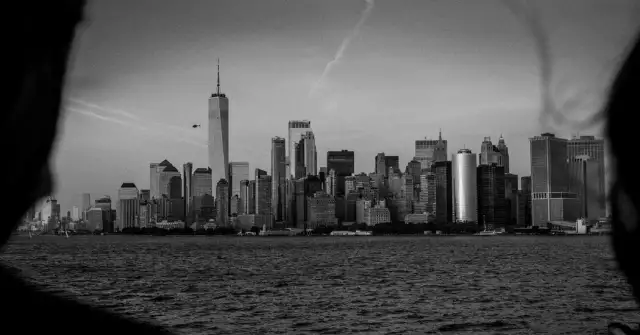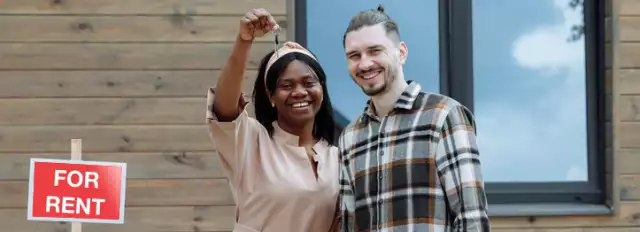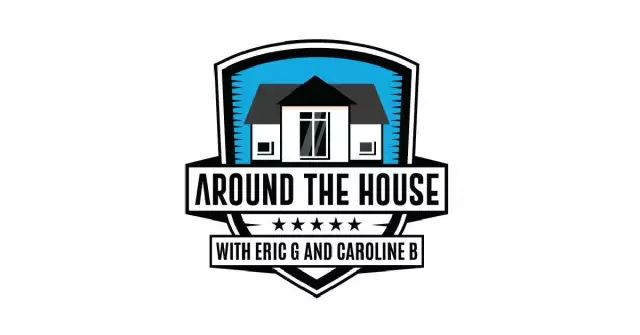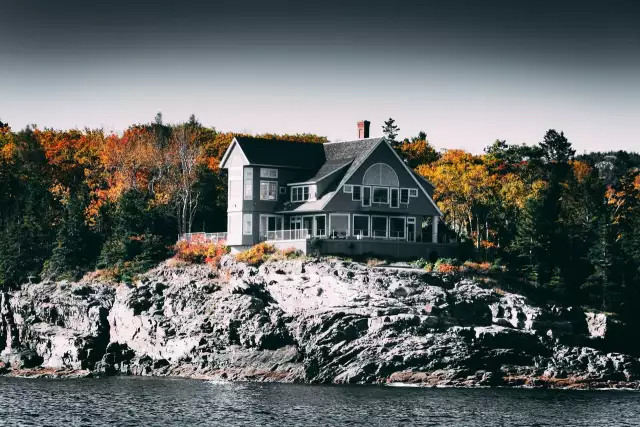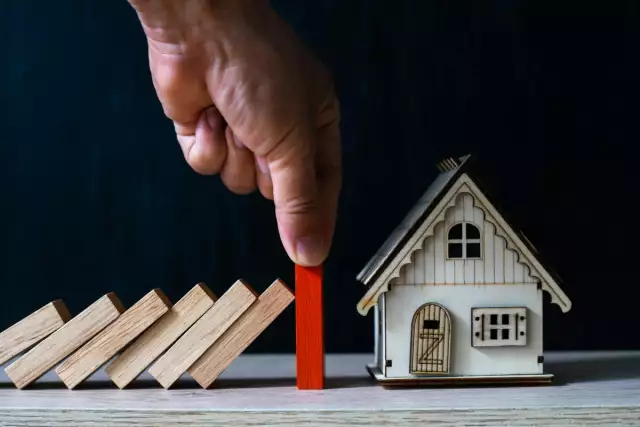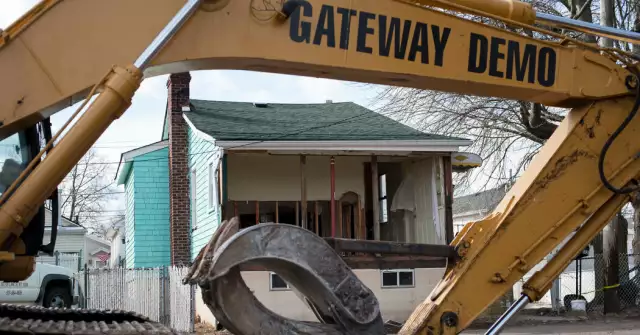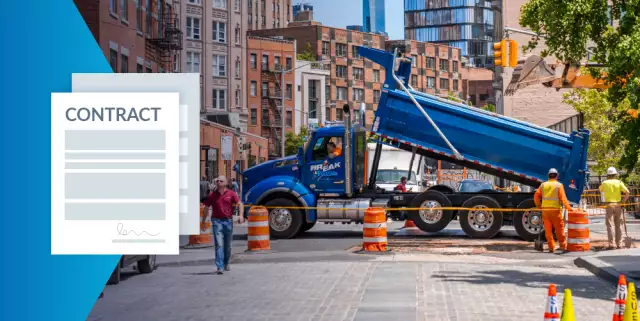What Do We Want From Our Next New York?
Listen to This Article
To hear more audio stories from publications like The New York Times, download Audm for iPhone or Android.
The first time I moved to New York, I was an undergraduate, and I tried to make Harlem my home. I had a lot to learn. As a Californian, I thought Chucks were year-round shoes; I wore them even in the snow, letting my toes get stiff on late-night walks from the library or the 116th Street station back to my dorm. By my sophomore year, though, I knew the most important things: where on Malcolm X I could find the shea butter I needed to keep my skin from turning ashy in the winter, the barbershop where I could get a decent fade and the grocery store where I could buy Red Rooster hot sauce.
An earnest literature nerd, I was studying at Columbia because I wanted to be a writer, which meant being like the writers I read as a high school student — Larsen, Hughes, Hurston. And that meant being in Harlem. So I often found myself at Minton’s Playhouse on 118th, or hanging out at to St. Nicholas Park, or soaking up history by osmosis at the Studio Museum. I wanted to become part of Harlem’s long cultural legacy, and the steady stream of arrivals who’d come to New York to transform themselves into who they were destined to be.
This past winter, as I faced the prospect of returning to New York after a decade in California’s Bay Area, I knew I wanted Harlem to be my home again. If I was hoping for a return to the charming literary fantasy that sustained me as a college boy, though, I was out of luck. As I began my search for housing, a broker described the rental market as the worst he had witnessed in his long career. The pandemic — or at least, the city’s patience with fighting it — was coming to an end. My housing search pitched me headlong into a frenzied and undignified reality.
Competitors greeted me at every open house I went to. Like me, they had trawled StreetEasy and Trulia and Craigslist; like me, they had been tempted by digitally placed furniture and airbrushed interiors, fooled by wide-angle photos of spacious living rooms that turned out to feel like crypts. Some eager people arrived clutching application packets, while others bid up the rent. One Saturday afternoon in March, I walked to see a fifth-floor walk-up, which a broker described as a “sizable one bedroom.” It left me deflated: The wood floors subtly sloped toward the apartment’s center, and the bedroom could snugly fit a full-size bed, maybe a small dresser, but nothing else. The bathroom was a closet; I could barely stand in the sole actual closet. When I asked if the dingy walls would be repainted before the unit was rented, the broker, a gangly zoomer in a fur coat, blinked at me. “No, that’s not something the landlord will do,” he said, before pointing out a neighborhood bar that, he promised, served bottomless mimosas at brunch.
Eventually I found a place, just steps away from Harlem’s heart at 125th Street. When I look down from my living room onto the street below, the neighborhood’s new, motley character comes into view: people alternately sprawling and contracting as neighbors shuttle in and out of buildings; the quick steps of new-moneyed young professionals in contrast with the block’s otherwise-sleepy tempo. From this perch at the base of St. Nicholas Terrace, I can see how the neighborhood, and the city itself, have changed since I last lived in New York in 2011.
The changes are being driven, yet again, by arrivals, as an influx of new and returning residents jam themselves into the city. New Yorkers with means who fled during Covid are now returning to the upscale neighborhoods they abandoned; at the same time, the pandemic-era rent concessions and eviction protections that advantaged many renters — especially in the poorest neighborhoods, where most residents stayed put — have expired. Then there are the newcomers like me, moving to the city in droves for work, repopulating the offices that are struggling to creep back to life.
To make matters worse, over the last decade, the city has failed to construct new affordable housing commensurate with its growing population; the pandemic only exacerbated this gap. Throughout its modern history, Manhattan has been defined by masses of refugees, laborers, dreamers, millionaires, paupers, writers, actors, musicians and all the rest arriving and charging onto, up the length of and eventually off the island. It’s dawning on me that I’m now part of yet another kind of New York history: a wave of migration that would decide the city’s future. New York is poised to revive itself after the suffering of 2020, but as with the pandemic itself, some will be able to weather recovery’s onset better than others. As new migrations begin to change the city’s population and culture, New Yorkers will be answering the same questions they’ve asked themselves for decades, or even centuries: What do we want this city to be, and whom do we want here?
Arriving in New York might prompt dreams of literary stardom, indulgent luxury or maybe just a good bottomless-mimosa brunch. But in reality, arrival here has always been bound up with questions of power. Who gets to be where, when — and why? The answers are decided ad hoc, by what the writer Lucy Sante has called Manhattan’s “great machinery of movement.” And the ever-growing need for housing, above all, has served as that machine’s engine. Upwardly mobile residents pushed their way north as newer immigrants and the poor settled in the abandoned neighborhoods. All parties acted on the faith that there would always be more space to settle, exploit and eventually abandon to newcomers.
For example, as Irish immigrants fleeing religious conflict and poverty in the early 19th century flowed into Manhattan — between the early 1820s and 1830s the United States experienced a sixfold increase in Irish immigrants, with many of them settling in New York — real estate barons like John Jacob Astor saw an opportunity. Houses could be subdivided into overcrowded tenement buildings, their floors turned into apartments for multiple families rather than a single renter. Areas like Five Points were multiracial ghettos where, at various points in history, Irish, German, Chinese and African American migrants lived. By 1920, more than two million people living in New York were immigrants, many of them of eastern and southern European origin. In the later decades of the 19th century, overcrowding in Lower Manhattan and Midtown prompted the development of neighborhoods like Harlem, where real estate developers and reformers helped construct cheap apartment buildings for European immigrants.
The history of arrival is not just a story of development and coexistence, though; it is also a story of violent competition for control. Persistent race riots plagued Lower Manhattan, with Blacks often becoming targets of the white working class and losing in the contest for living space. Riots in 1834, 1863 and 1900 encouraged Black migration farther north. As David Levering Lewis writes in “When Harlem Was in Vogue,” by 1910, with the onset of World War I, hundreds of thousands of Blacks poured out of the South and into Northern cities, in search of higher wages. Soon, an overwhelming majority of Black New Yorkers had been born outside the city.
Harlem was already prepared to welcome the influx. Black New Yorkers had been pushing north out of Midtown since the 1890s, and by 1910 large African American churches purchased or built new buildings for their congregations. The congregants followed: In 1911, St. Philip’s Episcopal Church purchased a block of apartment buildings on 135th Street. The cabarets and jazz clubs in Midtown that helped pioneer America’s obsession with Black music weren’t far behind. Buoyed by economic gains made during World War I, some Black New Yorkers found the security that had eluded them downtown. In a surreal 1925 short story by Rudolph Fisher, “City of Refuge,” the story’s protagonist, a Southern migrant fresh off the subway, experiences Harlem as a utopia where his rights are truly inalienable, everyone has money and a Black traffic cop can lord his authority over a white driver. The story is a delirious representation of the relative freedom Southern migrants encountered in Harlem. What was previously an enclave for European immigrants had transformed into a Black mecca by the 1920s.
Harlem’s reputation as a neighborhood with strong cultural and social infrastructure put it at Black culture’s vanguard. Figures like the scholar W.E.B. Du Bois, the sociologist Charles S. Johnson and the philosopher Alain Locke envisioned culture as the ideal way to assault anti-Black racism. Harlem was their staging ground. These members of the Black intellectual elite, with the support of wealthy patrons both white and Black, engineered the Harlem Renaissance. Johnson recruited talented artists, luring writers and artists like the Kansas City-based painter Aaron Douglas and Zora Neale Hurston, at the time a Howard University student, to New York with promises of a budding scene and recognition for their work. Publications like Du Bois’s magazine, The Crisis, highlighted voices from the movement, while Locke’s 1925 anthology, “The New Negro,” tried to codify it. Voices from farther afield, like Pan-Africanist Marcus Garvey and the poet Claude McKay, both from Jamaica, drifted in and out of the Renaissance, but found their perspectives amplified on Harlem’s streets and in its publications. The foundation for a century of Black culture was laid in New York.
Like many of New York’s cultural explosions, the Harlem Renaissance depended on the availability of living space not only for the artists who drove the movement but also for the masses whose culture allowed for high art to flourish at all. In most cases, the fact that New York’s wealthy elite abandoned entire neighborhoods left the poor and low-caste to create new cultural forms that invigorated the city.
In her book “The Warhol Economy,” the writer Elizabeth Currid-Halkett looked to the downtown New York boom of the 1970s and found the same logic at work: Capital’s abandonment of New York and shredding of the social contract made the city a dangerous place to live, but it also created the conditions — cheap rent and plenty of space, primarily — that gave us punk music, hip-hop, street art and other pillars of contemporary American culture. Generations earlier, the crowded and dangerous conditions of the Bowery gave rise to figures like the composer Irving Berlin, who, before he was a Broadway luminary, got his start singing weepy ballads to crooks in seedy dives. In the mid-1970s, the blight of New York’s downtown scene — the delirious cross-pollination of daring music, visual art and fashion — birthed musicians like Patti Smith and artists like Keith Haring. Around the same time, hip-hop culture was taking root in the ruins of the South Bronx. The Haitian-Puerto Rican American artist Jean-Michel Basquiat bridged the gap between uptown and downtown, concocting a splintered style that spoke to the decade’s social disintegration.
Today’s housing market provides a different challenge from the recession of the 1970s, though. Twentieth-century Manhattan was a city in which arrivals could reliably find a place for themselves, no matter how abject or ignored that place was. Twenty-first-century Manhattan presents an altogether different set of problems: How can new arrivals make a home here if there is no affordable space for them? And how can they transplant themselves without exiling the working-class natives whose culture and labor the city cannot survive without?
Returning to Harlem means arriving again, finding myself looking at the area through its history rather than through a fantasy. When I was a freshman at Columbia, students railed against construction of the university’s Manhattanville campus in West Harlem; the plan was reminiscent of the conflict in 1968 over Columbia’s ill-fated attempt to build a segregated gym in Morningside Park, which Harlemites felt would result in their exclusion from crucial neighborhood public space. When I was in school, students conducted a hunger strike against the plans, but the first phase of the Manhattanville project was completed earlier this year. A Whole Foods opened on 125th Street back in 2017, as if in anticipation of the changes Columbia’s project would bring: The presence of highly educated, upwardly mobile people who would begin to colonize uptown rather than compete in Brooklyn’s overheated market or suffer the absurdities downtown, and, in the process, taking apartments that, until recently, might have served a more working-class group of renters. My return to Harlem speaks to the paradox at the heart of contemporary New York: The city’s warm embrace of the creative economy’s stewards makes it what it is. Increasingly, that embrace leaves too many other residents out in the cold.
Ismail Muhammad is a story editor for the magazine.
